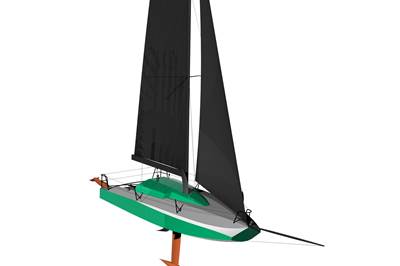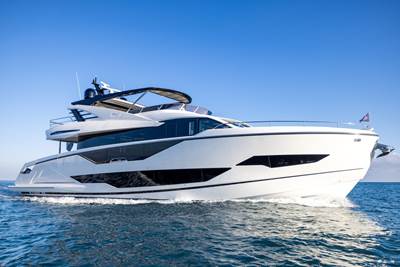Grand Largue Composites, Sicomin enable flax fiber-built Class40 racing yacht
Fibers, fabrics, epoxy resins and adhesives from Sicomin helped realize the lightweight, strong and stiff Crosscall yacht, capable of tackling extreme ocean racing conditions.
Fibers, fabrics, epoxy resins and adhesives from Sicomin (Châteauneuf les Martigues, France) have been used by Grand Largue Composites (GLC, Mondeville, France) to construct what is said to be the first Class40 racing yacht to feature a significant quantity of flax fiber reinforcements.
The yacht, called Crosscall, won the Class40 World Championships in June 2022 and is a prototype of the new Lift V2 design by Marc Lombard, one of the leading naval architects in this field.
Class40 is one of the most competitive fleets in yacht racing. The hulls of Class40 yachts must be light in weight, strong and stiff, and durable in the most extreme of conditions. Furthermore, to keep costs down, they cannot be reinforced with carbon fibers. The quality and reliability of the resins used for the infusion and lamination of the hulls are therefore of key importance.
According to Sicomin, the owner of Crosscall, Aurelien Ducroz, was keen to use as much flax as possible in the construction of the yacht, but Lombard — who had to certify and warranty the structure of the boat in ocean racing use — was more cautious. A compromise therefore had to be reached.
Crosscall’s cockpit was designed to be effectively non-structural, with the mainsheet, which can generate huge shock loads, supported separately. This would enable the cockpit to be made from a hybrid biaxial fabric comprising 50% flax fibers. Other parts of the boat that incorporate flax fiber include the tunnel, the engine cover, the ballast tanks and the cap. The rest of the boat is reinforced with 100% glass fiber fabrics.
To make the design a reality, skilled infusion specialist, GLC, turned to its long-time material supplier, Sicomin. The hull was molded and infused in one piece and the deck — including the hybrid flax fiber cockpit — was also infused as a single part. The internal structure was then laminated into the hull by hand before the hull and deck were finally bonded together.
The infusion resin selected was Sicomin’s SR 1710, a high-modulus (HM) structural epoxy. Designed specifically for use in infusion and injection processes, it has ver low viscosity and its low-reactivity hardener makes it suitable for the production of large parts. Composites components made from SR 1710 are reported to possess high interlaminar shear strength and the resin retains its mechanical properties in wet environments.
Sicomin’s low-toxicity SR 8200 was used to laminate the internal structures onto the skin of the hull. Ideal for hand laminating, this system includes a choice of hardeners with a wide range of reactivities, which makes it equally suitable for making large or small parts. The hull and deck were joined together with Sicomin’s Isobond SR 7100, which demonstrates high fatigue strength and is resistant to microcracking.
An epoxy bonding primer — called Undercoat EP 215 HB+ and supplied by Sicomin’s sister company, Map Yachting — was applied to the molds first to make demolding easier. It also serves as an undercoat in the polyurethane exterior paint system that is used instead of gel coat to protect the epoxy hull from UV damage.
Since the launch of Crosscall, GLC has started building a second Lift V2 Class40 and a third one is now planned, both for which Sicomin will supply the materials. “We have been using Sicomin’s products since the beginning, we have never had a problem and I would not want to risk trying a different supplier,” Xavier Gosselin, GLC managing director, says.
Related Content
Infinite Composites: Type V tanks for space, hydrogen, automotive and more
After a decade of proving its linerless, weight-saving composite tanks with NASA and more than 30 aerospace companies, this CryoSphere pioneer is scaling for growth in commercial space and sustainable transportation on Earth.
Read MoreTU Munich develops cuboidal conformable tanks using carbon fiber composites for increased hydrogen storage
Flat tank enabling standard platform for BEV and FCEV uses thermoplastic and thermoset composites, overwrapped skeleton design in pursuit of 25% more H2 storage.
Read MorePlant tour: Albany Engineered Composites, Rochester, N.H., U.S.
Efficient, high-quality, well-controlled composites manufacturing at volume is the mantra for this 3D weaving specialist.
Read MoreCarbon fiber in pressure vessels for hydrogen
The emerging H2 economy drives tank development for aircraft, ships and gas transport.
Read MoreRead Next
FLOKI 6.5 mini racing yacht integrates bio-based Sicomin GreenPoxy resins
Staying true to the roots of its racing class, FLOKI 6.5 is built entirely from bio-based/recyclable raw materials without compromising on performance or processability.
Read MoreSicomin supports large-scale interior project for Museum of the Future
Sicomin aided Dubai-based Advanced Fiberglass Industries with its bio-based gelcoats and resins to meet challenging structural and fire safety specifications defined for more than 200 double-curved entrance lobby panels.
Read MoreHexcel composite materials lightweight Sunseeker 90 Ocean luxury yacht
Hexcel’s HexPly XF and HexPly SuperFIT surface technologies yields parts with paint-ready surfaces for builder of luxury yachts.
Read More

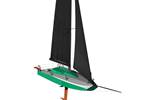


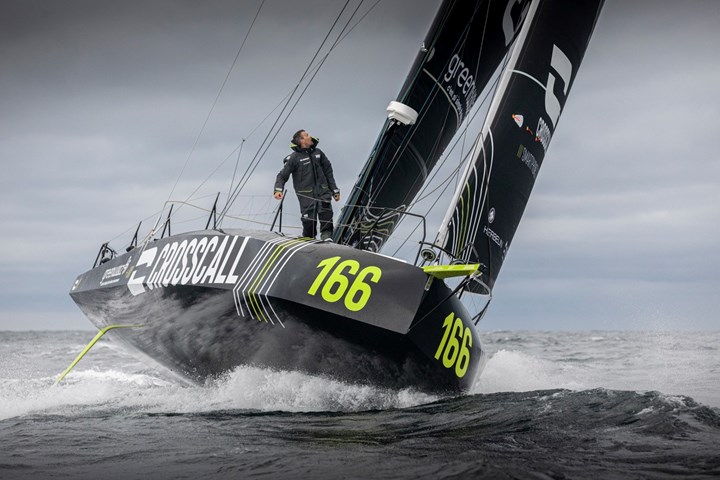



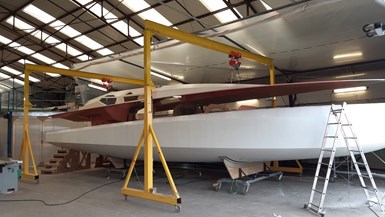
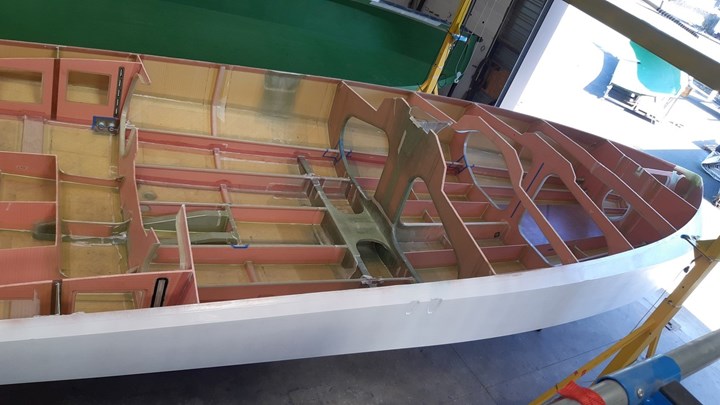






.jpg;maxWidth=300;quality=90)








